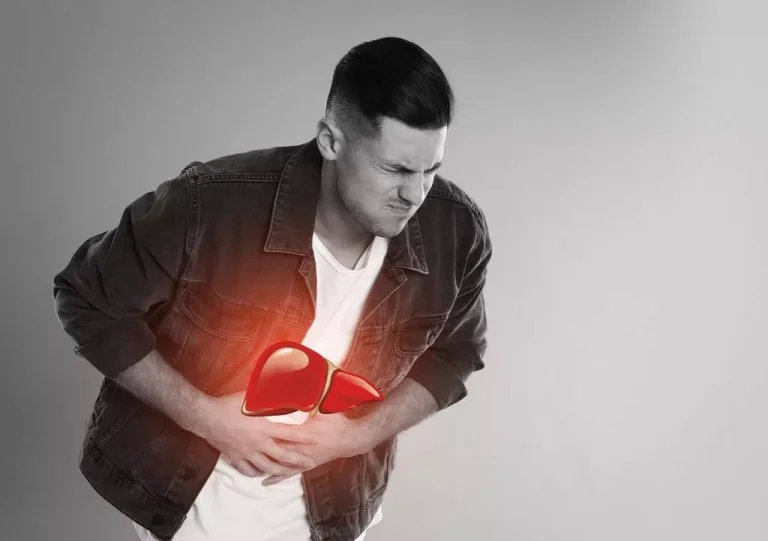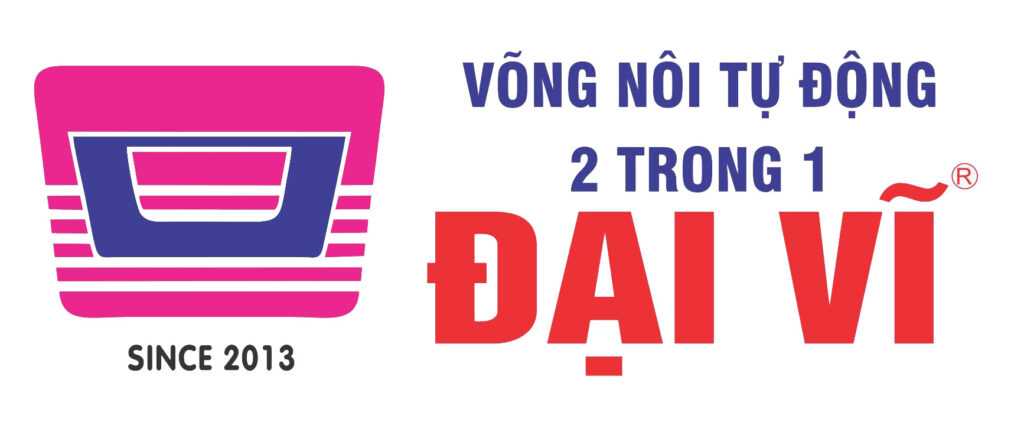Sober living
Doping in Sports, a Never-Ending Story? PMC

The risks of using stimulants vary for each drug, but in general are high. For example, cocaine use can cause panic attacks and paranoia, lead to the loss of smell and problems swallowing, become addictive and, in rare cases, lead to heartattack. Amphetamines can cause damage to the https://ecosoberhouse.com/ liver, kidneys and cardiovascular system, and cause hallucinations and violent behaviour, while long term use can change the structures of the brain involved with memory and emotion. Nicotine and caffeine are also frequently used as stimulants but they are not banned in sports.
Performance-enhancing effects of substances used by athletes
Two types of non-invasive neuromodulation to investigate in athletes with addiction include transcranial magnetic stimulation (TMS) and transcranial direct current stimulation (tDCS) [45,47]. The exact mechanism of action is still unknown but it is believed to contribute to long term excitation and inhibition of neurons in certain portions of the brain. TMS has been effectively used since 2008 for major depressive disorder in those individuals who have failed one antidepressant and 2018 for obsessive compulsive disorder.

Banned Performance Enhancing Substances & Methods
The recent doping scandal at the 2022 Beijing Games reminded the world of sport, doping has not gone away. What has become evident is that doping practices have evolved from the use of anabolic steroids to improve strength, to masking agents to cover banned substances and strategies to improve endurance and speed-up recovery time from injury and overtraining. Doping has been used to extend athletic careers, as compensation for professional athletes has soared over the past few decades. The core tenets of doping are well articulated by WADA, the World Anti-Doping Agency, the leading global ant-doping agency. These include (1) safety and well-being of the athlete, (2) fair competition and (3) integrity of sport. Athletic life may lead to drug abuse for a number of reasons, including for performance enhancement, to self-treat otherwise untreated mental illness, and to deal with stressors, such as pressure to perform, injuries, physical pain, and retirement from sport.
Synthetic oxygen carriers
Blood doping, which often involves the use of prohibited erythropoietin, or EPO, increases the number of red blood cells in the body. This increase thickens the blood, making it difficult for the heart to pump. The result is a higher risk of life-threatening diseases including stroke, heart disease, and cerebral or pulmonary embolisms.

- The International Olympic Committee and the US Olympic Committee are among almost 700 sports organizations worldwide as of Apr. 9, 2021 that have adopted the World Anti-Doping Agency’s (WADA) Code banning performance enhancing substances and methods.
- In younger athletes, disapproval from those closest to them helps deter their use of drugs in sport more than any other barrier.
- For a complete list of banned substances, see the 2021 World Anti-Doping Code International Standard Prohibited List from the World Anti-Doping Agency (WADA).
To date, the literature is filled with a limited number of high-quality systematic reviews in the field of addiction related to athletes and these studies mainly examine a small number of studies [14,15,26,27,29]. There appears a need for more rigorous high-quality studies looking at direct head-to-head comparisons between athletes and non-athletes in the field of addiction with an emphasis on treatments. In a multisite, randomized controlled study, the rate of successful outcomes after 12 months with suboxone was under 50% and had a relapse rate of 57% whereas those treated with vivitrol had a relapse rate of 65% [45]. All these treatments still have plenty of room for improvement, only offer limited disorders assistance and do not even begin to explore the athletic population and their specific needs.
Alcohol Use Disorder in Australia Ausmed
TMS looking at opioid use disorder treatment remains quite limited. Two studies utilizing tDCS looked at opioid use and pain in those who underwent a total knee arthroplasty with both suggesting decreased pain medication use but areas of treatment conflicted [90,91]. This may be an important area to focus on for the cases of injured athletes with their injury playing a role in the development of their misuse. Cannabis has very little data related to TMS with only one study demonstrating decreased cravings but the study was open label and a very small sample size, whereas another did not see a decrease with one treatment [92,93]. Finally, one tDCS study demonstrated decreased cravings as well in the right/left anodal DLPFC group [94].
Adverse health consequences of performance-enhancing drugs: an Endocrine Society scientific statement
I called them committee meetings and just kind of think about what I was up to and the consequences if it all went bad, how ugly that was going to look. The primary medical use of these compounds is to treat conditions such as hypertension, kidney disease, and congestive heart failure. Taken without medical supervision, diuretics can result in potassium depletion and possibly even death. Scientists from the United States, China and other nations called for an international authority to oversee artificial intelligence. After struggling with physical injuries, which included a debilitating shoulder issue, Thorpe in 2014 found he was struggling to cope mentally and made a decision to tell his friends and family about his sexuality.
History of doping in athletes
My life went from being a wide-eyed, green bike racer from Marblehead, Massachusetts to a few years later in a little bit of a dark world, very secretive, two different faces. Cycling, all of a sudden, became different, it was more about results. I felt more like a number, the numbers that I produced on the bike, you have all this data that you can record while you’re cycling, those numbers became kind of whether I was happy or not. The long-term effects of prohibited Selective Androgen Receptor Modulators, or SARMs, like Ostarine or LGD-4033, are still largely unknown, due to the fact that SARMs have not been approved for human use.

Who is at risk for drug addiction?
- All authors have read and agreed to the published version of the manuscript.
- Johnson had won the 100m in a world record of 9.79 seconds but was stripped of his gold medal, external after the positive test and sent home in disgrace.
- This equates the more oxygen for the muscles, which comes with a performance boost.
Most testing for doping products uses a long-established technique called mass spectrometry. Glucocorticoids mask serious injury because they are anti-inflammatories and affect the metabolism of carbohydrates, fat and proteins, and drug use in sports regulate glycogen and blood pressure levels. Diuretics and masking agents are used to remove fluid from the body, which can hide other drug use or, in sports such as boxing and horse racing, help competitors “make the weight”.




